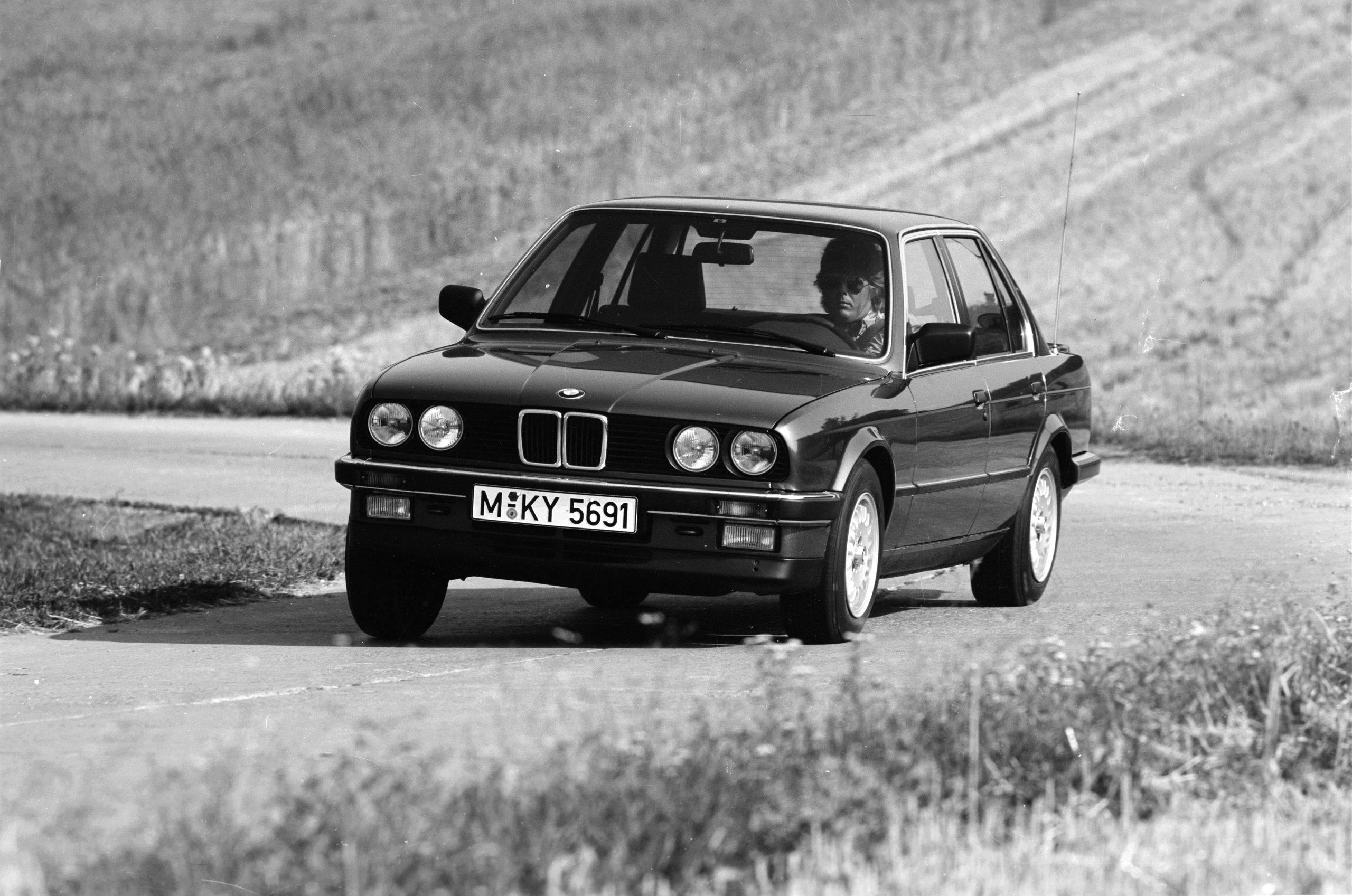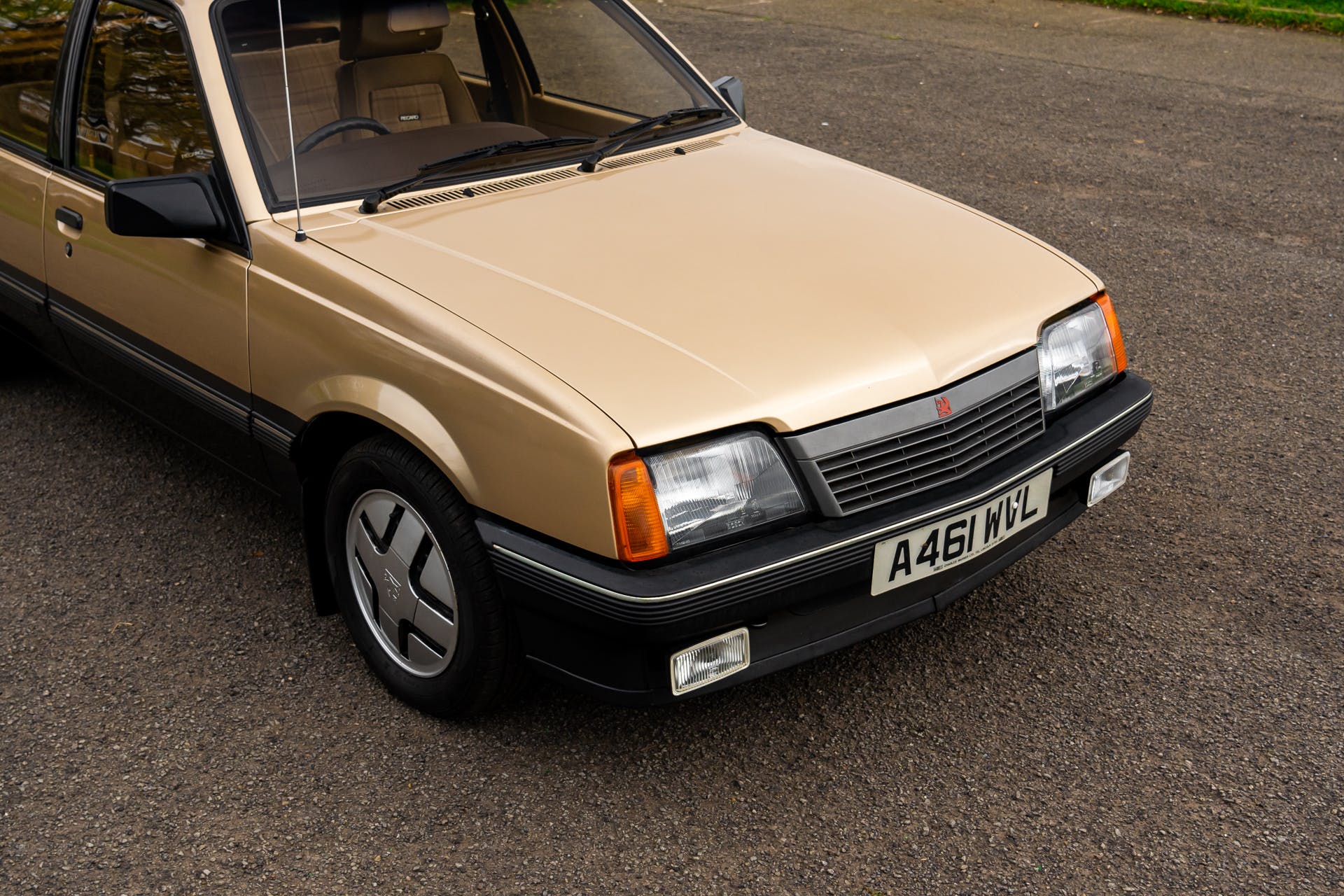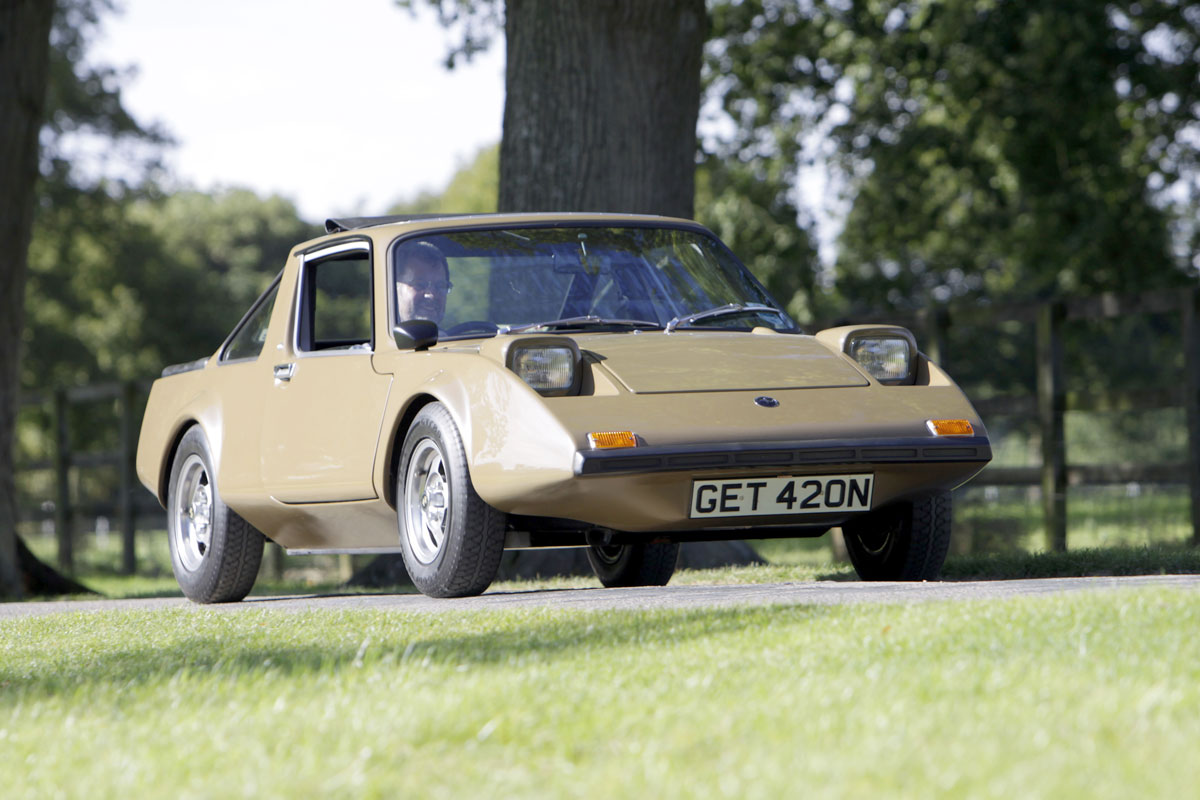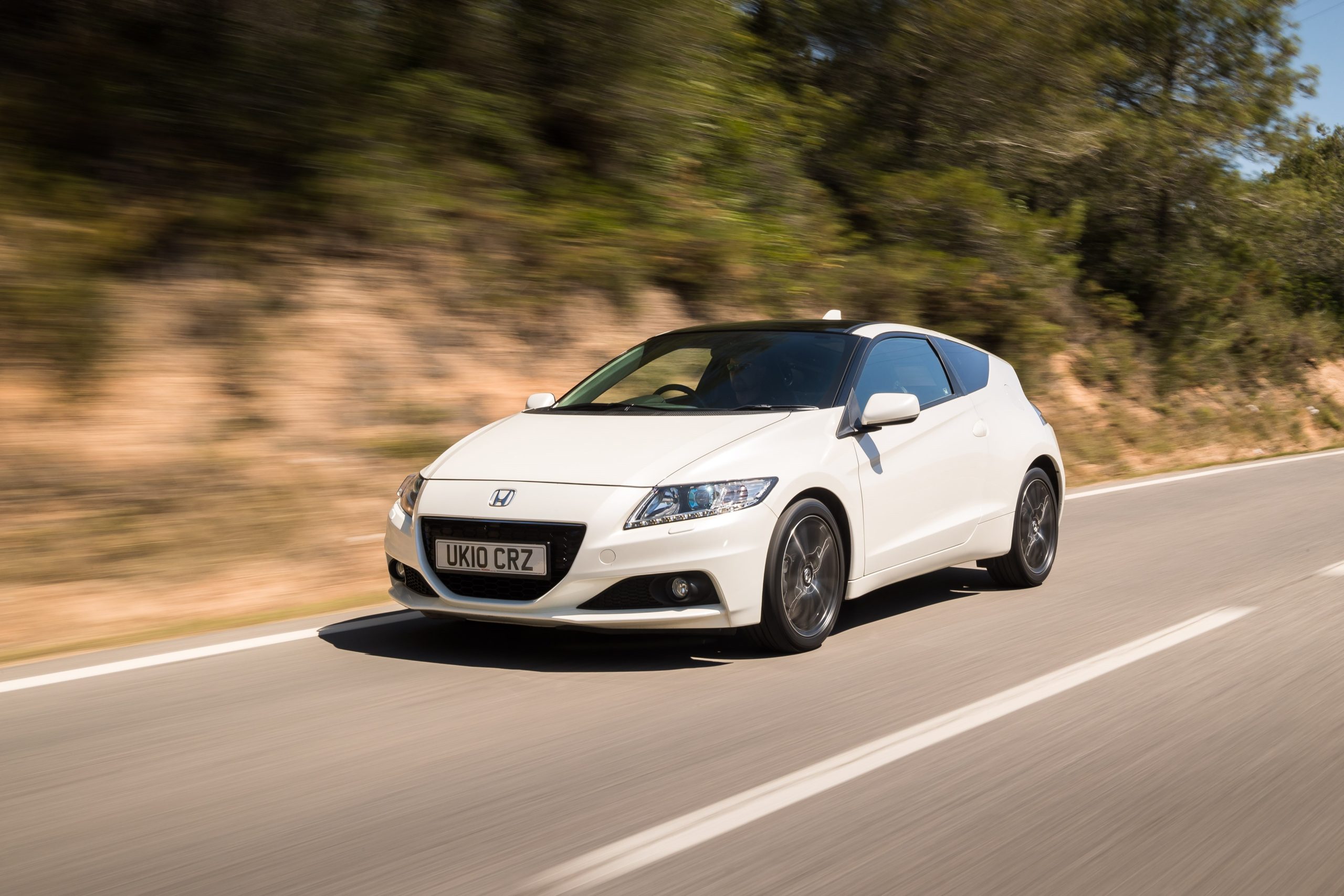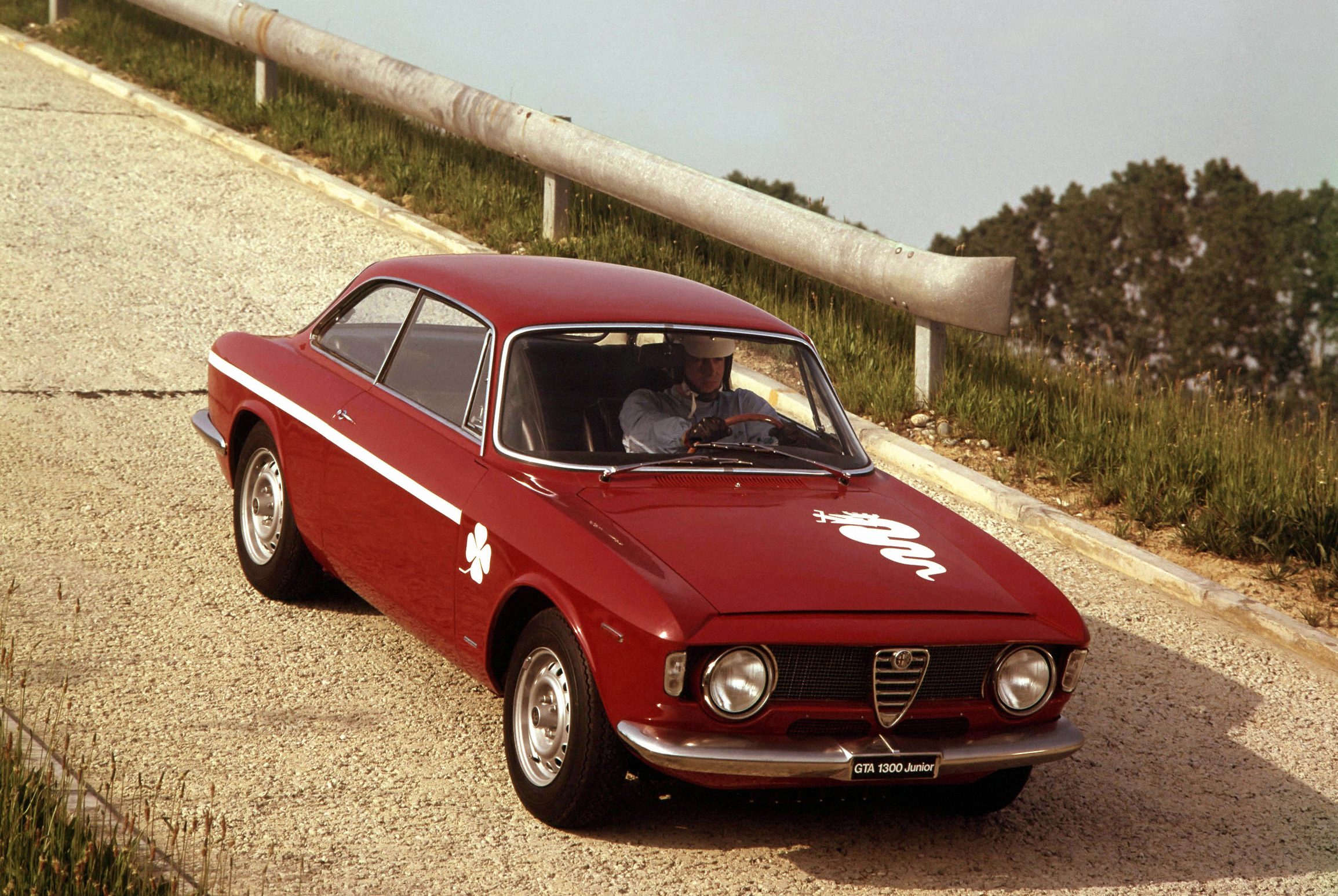
Author: Nathan Chadwick
Images: Alfa Romeo
Think of the great legends of Alfa Romeo in motorsport and a lot is made of its pre-war successes – it was a mighty force that helped foster Enzo Ferrari’s talents before he set up on his own.
However, if you use the time-honoured ‘win on Sunday, sell on Monday’ phrase, then it is the touring car successes that arguably resonate most for today’s audience – it may have been 30 years since Alfa Romeo officially contested the British Touring Car Championship, but its short two-year stint in the series is keenly remembered three decades hence. Then there’s the DTM with the 155 Ti V6, the ETCC and WTCC with the 156 and, more recently, the Giulietta has been in action in TCR.
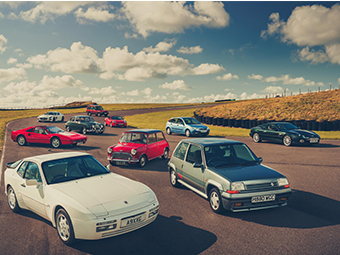
They all owe a debt to the Alfa Romeo Giulia GTA, which in 2025 celebrates its 60th birthday. GTA, incidentally, stands for Gran Turisimo Alleggerita, the latter word being the Italian phrasing for lightweight. It’s since gone on to adorn several road cars, only some of them being lighter than the standard cars they’re based on.
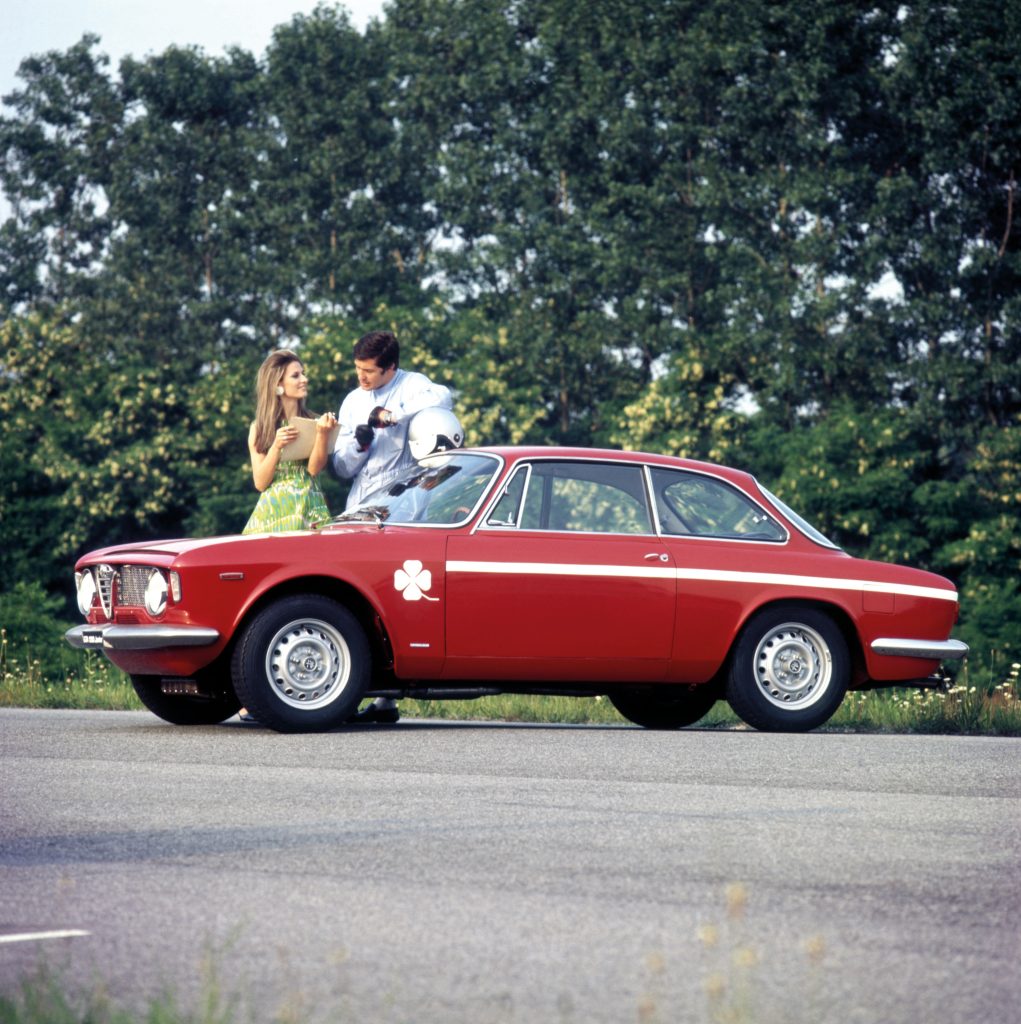
Following Alfa Romeo’s switch to providing privateer racers par excellence in association with the likes of Zagato and Touring, lightweight Giulietta SZs and TZs proved hard to beat in class competition.
In 1962, former Ferrari engineer Carlo Chiti joined Delta Automobili, later renamed as Autodelta. This would be the official racing arm of Alfa Romeo from 1964, and the 105-series Giulia was ripe for motorsport success. Light and nimble, the coupé version used a shorter version of the Giulia four-door; its front engine, rear-wheel drive combination perfect for GT racing.
The first car, the Giulia GTA, made its debut at the Amsterdam Motor Show in 1965, and featured aluminium body panels, plexiglass windows and the use of magnesium alloy for the cam cover, front crankcase cover, bellhousing and rear gearbox plate – some early cars even used plastic dashboards.
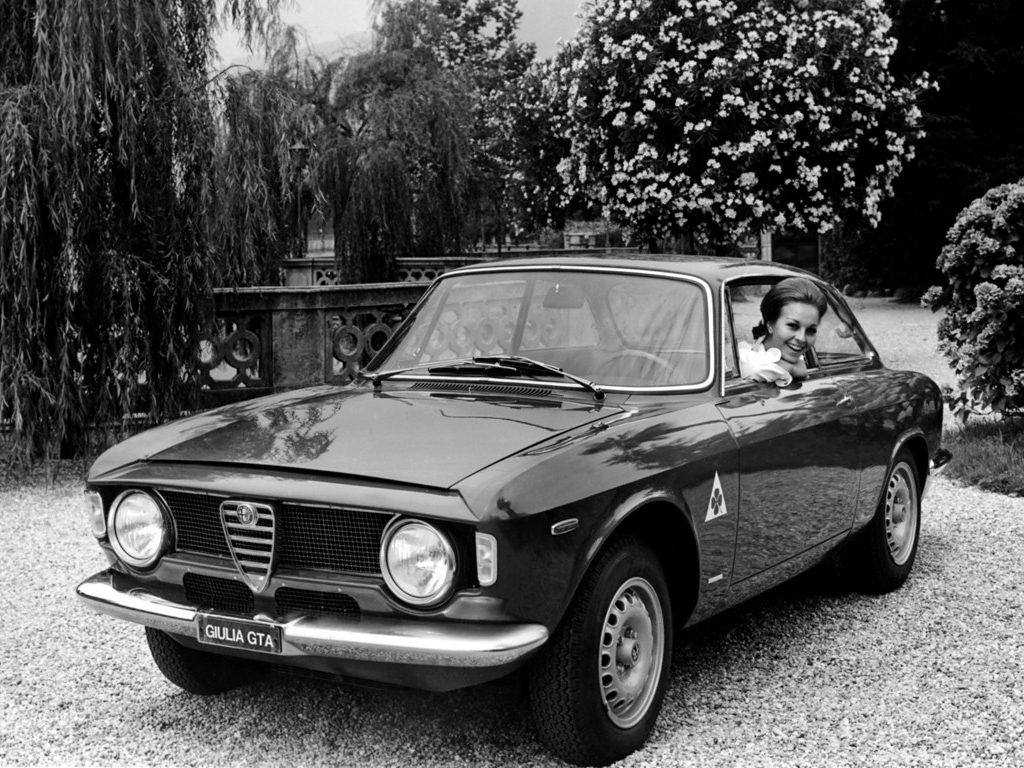
Under the bonnet lay a 1570cc engine that on paper only conferred a slight advantage over the 109bhp original – at least in road trim, with between 113bhp and 115bhp on tap. However, it was very special indeed – there was a new double ignition cylinder head (twin plug), a Ferrari Dino-sourced Marelli distributor, two-barrel 45mm Weber carb and 10.5:1 compression ratio. This was all fed through a lightweight, close-ratio gearbox – and the result was stark, with 170bhp at 7800rpm in race trim.
Autodelta also fitted 14in Campagnolo alloy wheels rather than the 15in items on the Sprint GT, to allow for fatter tyres under the GTA’s fairly modest arches; softer spring rates were also fitted, as was a big bore exhaust and a spartan interior. The result was a car that weighed just 740kg.
The results were dramatic – in its first race at Monza the car took home the top seven positions, with the GTA taking the European Touring Car Championship in 1966, 1967 and 1968.
However, this wasn’t enough for Autodelta, who wanted to compete with the Lotus Cortina and BMWs of the era. The result was the GTA-SA, which saw the engine bored out to 2.2 litres and the fitment of two oil-driven superchargers. It was remarkably potent – there were huge gains in torque and outright power, with between 220bhp and 250bhp on offer.
It was built for the FIA Group 5 category and scored first place in the Hockenheim 100km in 1967, but with the regulations moving to Group 2, the project came to a halt – Alfa Romeo were unlikely to sell 500 examples to homologate it for racing and in the end just 10 were built.
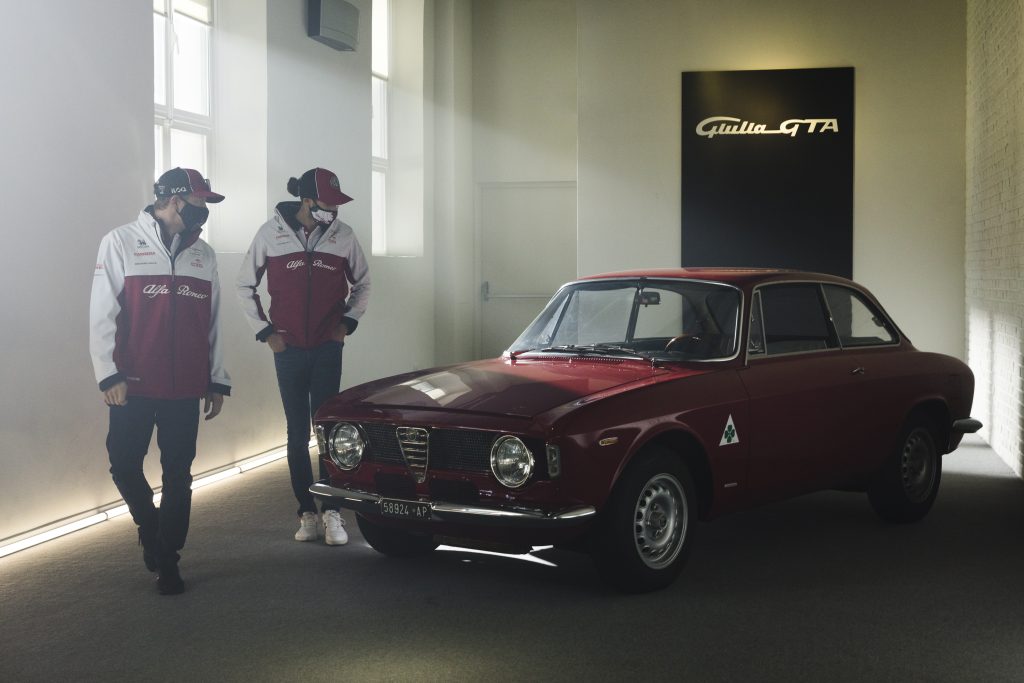
Instead, Alfa Romeo changed tack for 1968 with the introduction of the GTA Junior, built to battle Minis in the 1300cc class. It used a Giulietta-sourced 1290cc unit with a wider bore and shorter stroke, with a twin-ignition cylinder head and fuel injection. While it lost the low-end torque of the 1600cc car, it revved to vertiginous heights. The road car produced between 95hp and 110hp, while the racers got up to 163hp at a heady 9300rpm.
The final iteration was the GTAm, which made its debut in 1970. Based on the US-spec 1750 GTV, it is the heaviest of all the versions due to minimum weight rules – it uses steel for much of the body, with specific parts in aluminium and plastic, and weighs between 920kg and 940kg.
The car was actually a standard model, but purchasers could specify all sorts of extra parts to turn it into a racing version – a canny way of getting around the need to build 1000 cars for homologation. Though the base for the 1750 GTAm was the US-spec car with SPICA mechanical fuel injection, some European-market 1750 GTVs with dual carbs were used to build GTAms.

The 1750 engine block actually measured 1779cc, and was adapted by boring it out to 1985cc with a one-piece casting for the four ‘siamesed’ cylinder liners. It also used lightweight pistons, a narrow angle cylinder head with four valves, but only one plug per cylinder. Such was the robustness of the unit, the cylinder head and block were joined metal to metal, with gasket sealer used at the base of the cylinder liners. The engine was later bored out to 1999cc, and renamed the 2000 GTAm for marketing reasons when the 2000 GTV was launched. It’s believed around 40 fully-fledged GTAms were built.
The car was an immediate success, taking the European Touring Car Championship in 1970 and 1971, and remained competitive against much more endowed BMW competition up to 1973.
The Alfa Romeo GTA was a spectacular car that proved immensely successful, and kept the brand at the forefront of enthusiasts’ hearts with their buzzy engines, theatrical driving styles and unprecedented success.
It’s been a long time since Alfa Romeo engaged in touring car racing directly, and with the Giulia Quadrifoglio not long for this world it’s unlikely to re-enter that world soon. However, the fast and frantic Giulia GTA and its descendants live on through historic racing and its restomod tribute via Alfa Workshop.
Is the Alfa Romeo GTA one of your favourites? Let us know in the comments below.
